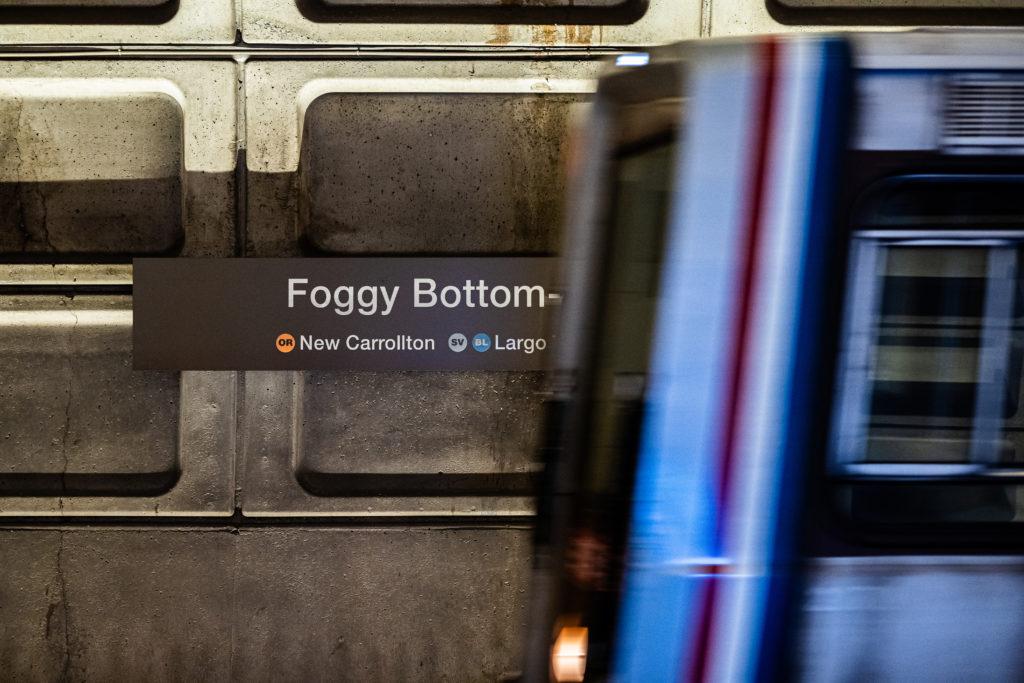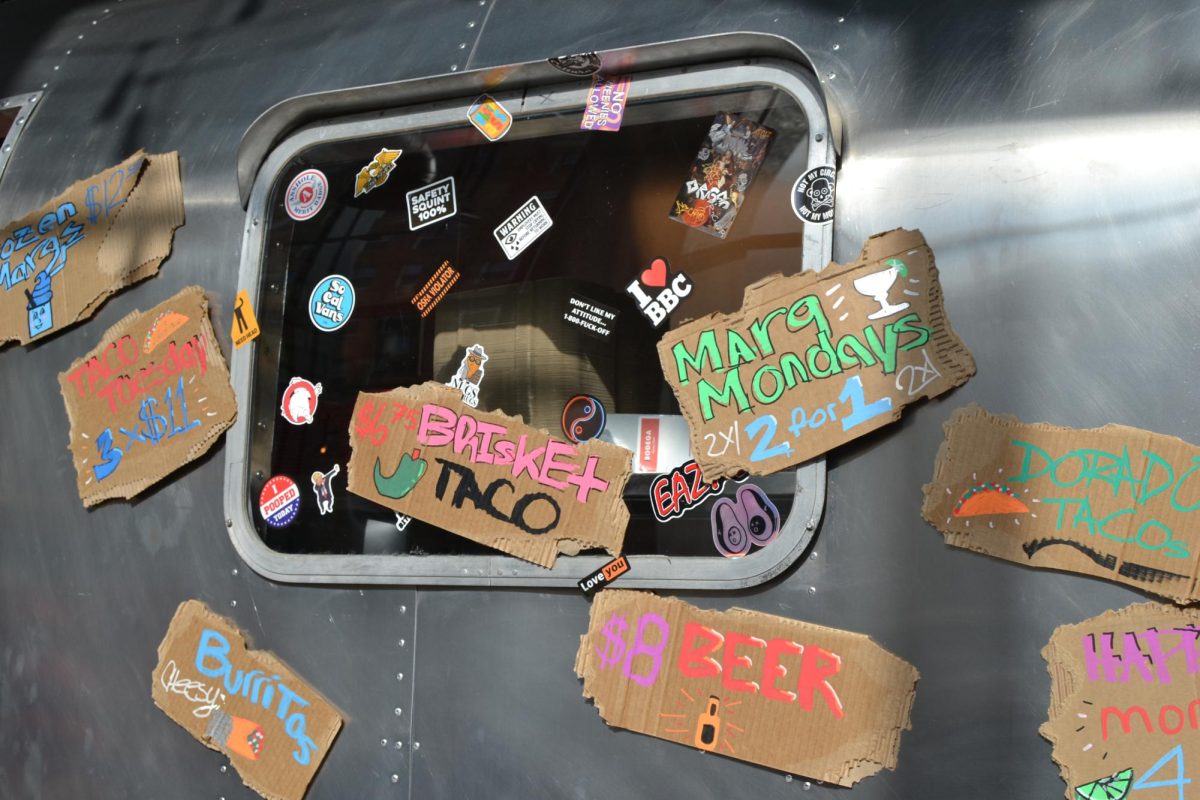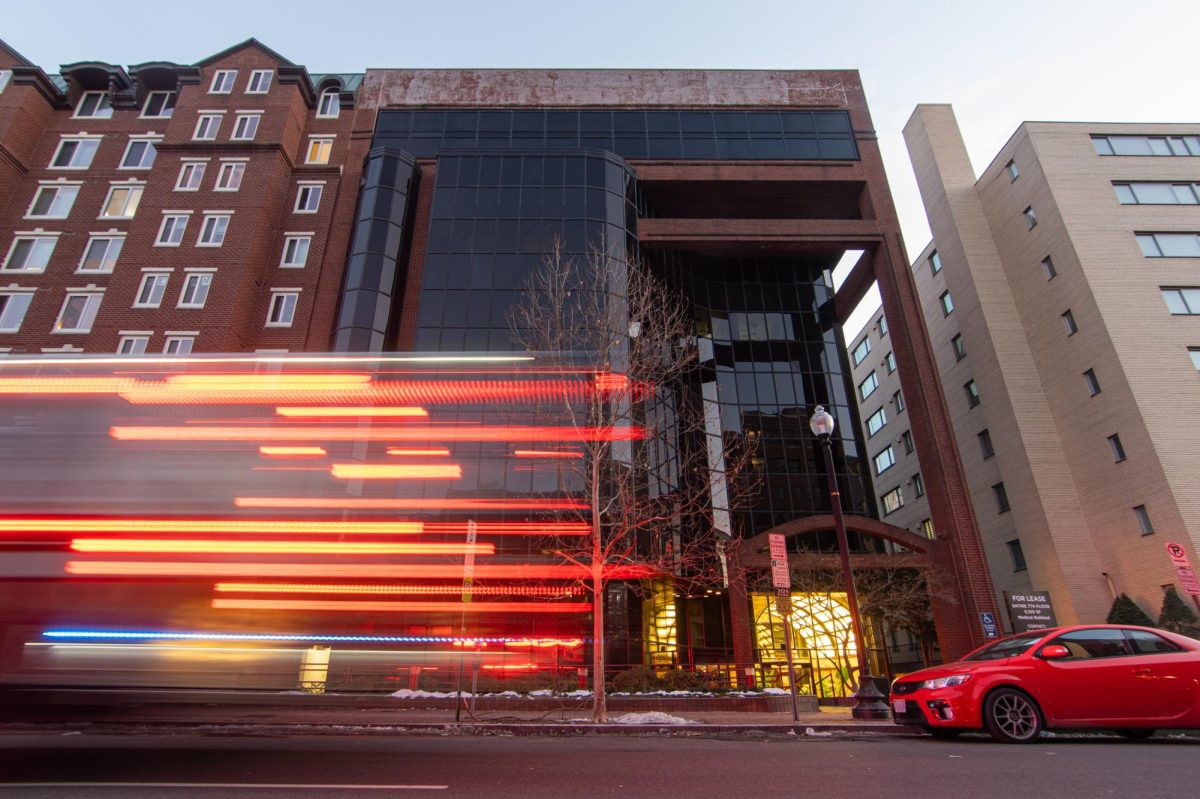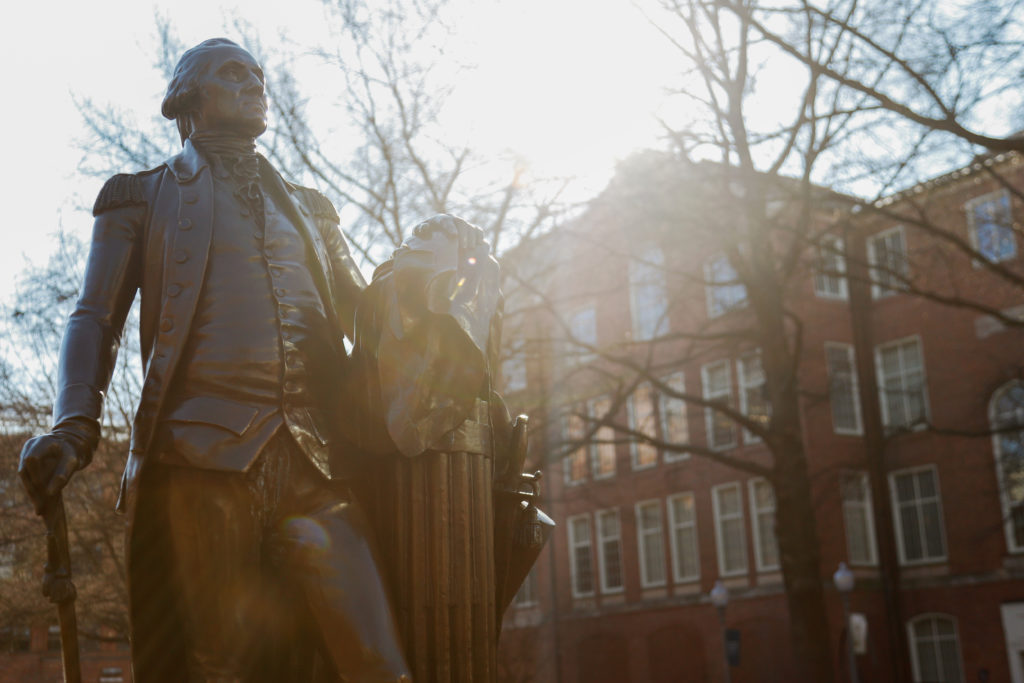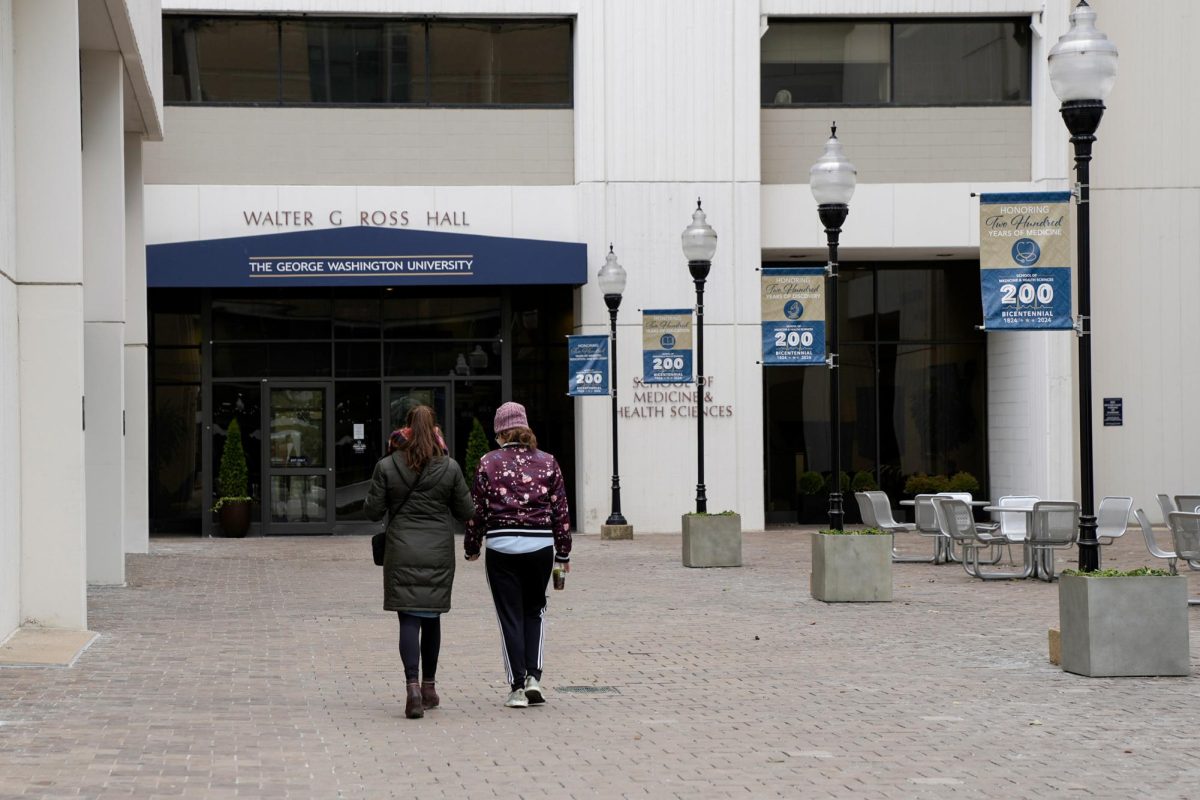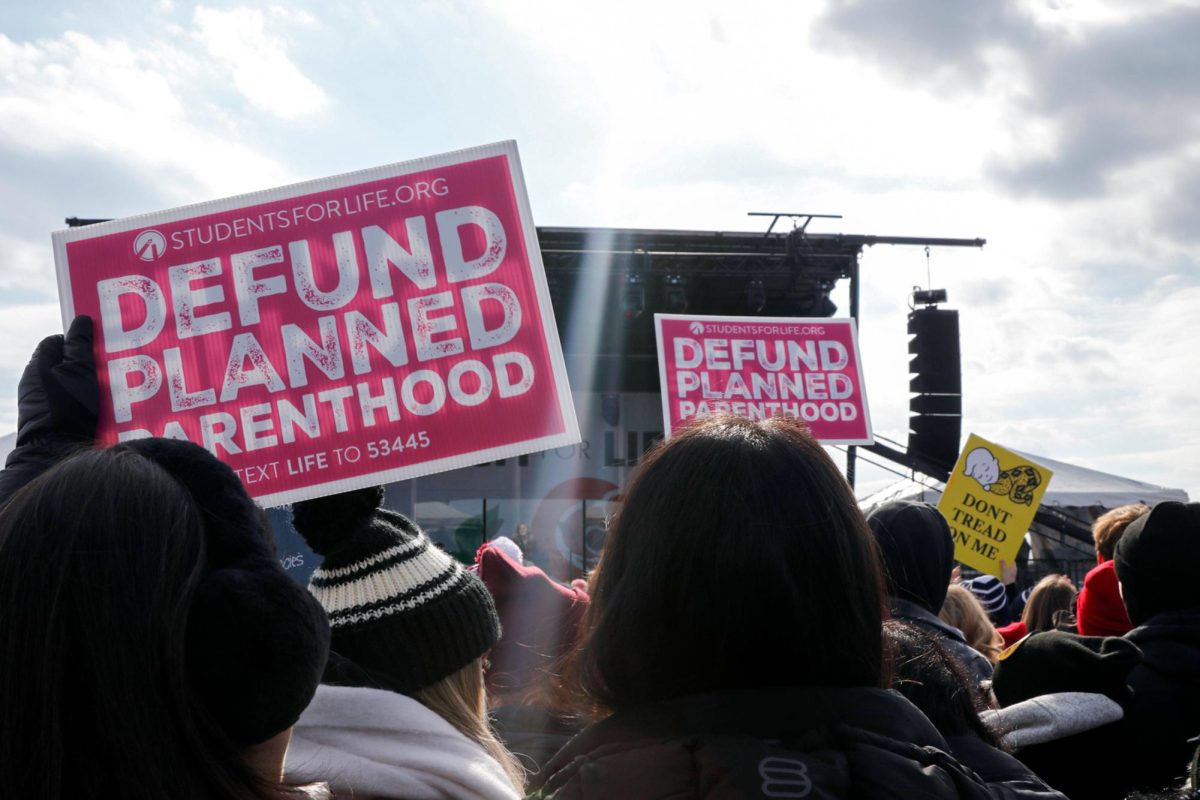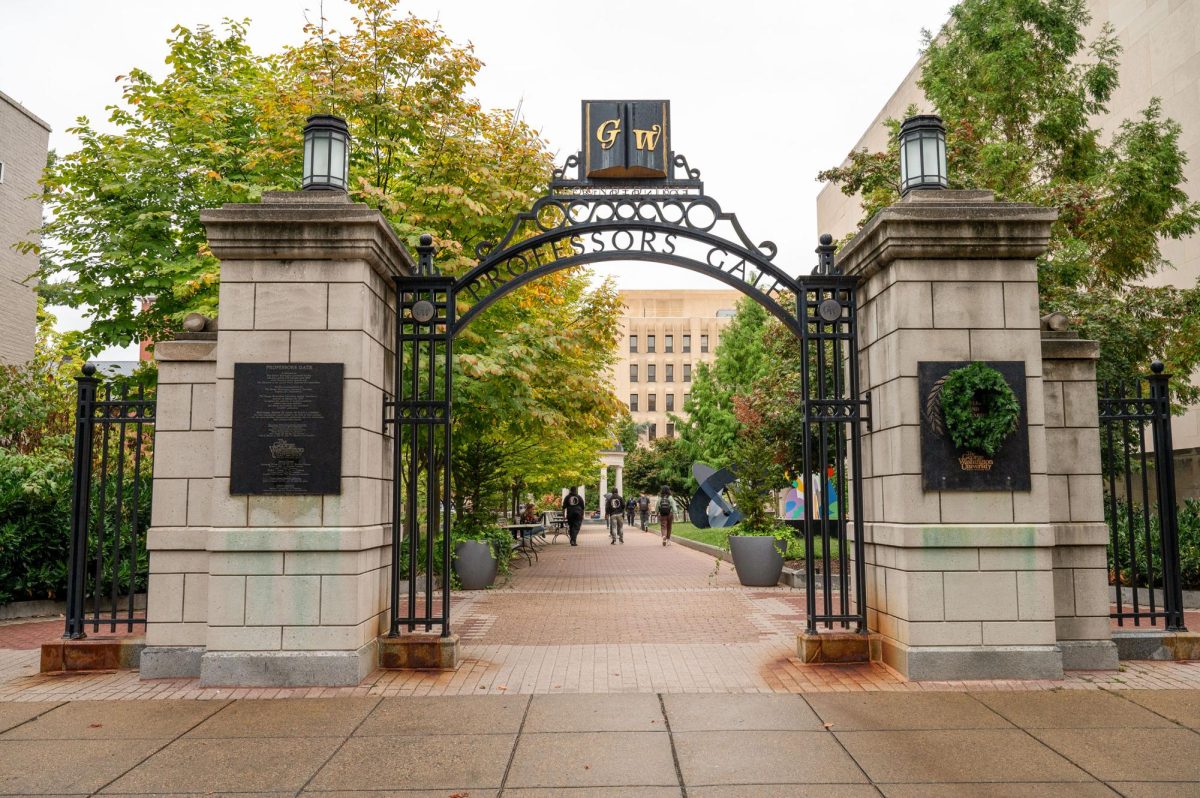Washington Metropolitan Area Transit Authority will expand Metrorail service Monday as the District’s cherry blossom’s approach peak bloom and after Metro reported record post-pandemic ridership levels last week.
WMATA officials said in a release that during rush hours trains will arrive every 12 minutes between 6 and 9 a.m. and 3 and 6 p.m Monday through Friday on the Silver, Blue, Orange and Blue+ lines, boosting service during peak hours. The release states as service “ramps up” through March 25, riders should expect to see trains arrive every eight minutes on the Red Line as late as 9:30 p.m. every day of the week, a jump from eight-minute service only during midweek rush hours earlier this year.
The release states Silver, Blue, Orange and Blue+ trains may arrive in stations up to every three minutes during rush hours between Rosslyn and Stadium-Armory, the “central” part of the rail system with overlapping lines.
“Weekday service will see an infusion of trains, as well as weekends,” the release states. “Additional trains will also run as needed during the Cherry Blossom Festival as crowding is monitored during peak bloom.”
D.C.’s cherry blossoms began blooming nearly two weeks ahead of schedule this year, which is commonly one of WMATA’s busiest times of the year as tourists flood into the District to see the petals. WMATA officials said all maintenance and track work will occur after 10 p.m.
WMATA reported its highest ridership since the onset of the pandemic Wednesday, followed by its second-highest ridership day Thursday, with more than 337,000 and 335,000 paid rides on each day, respectively, the release states.
WMATA ridership data shows there were still fewer than half as many riders in 2023 so far, reporting an average of 269,550 daily rides in Jan. 2023 compared to an average 626,270 daily rides in 2019. WMATA officials have slowly ramped up its rail service – including increasing service during rush hours in February – and has put 7000-series trains back on the tracks after a Blue Line train derailed in October 2021 and Metro pulled them from service days later.
Riders report they do not “dislike” the Metro system but say the rise in remote work has also led to lower ridership, according to the Washington Post.


